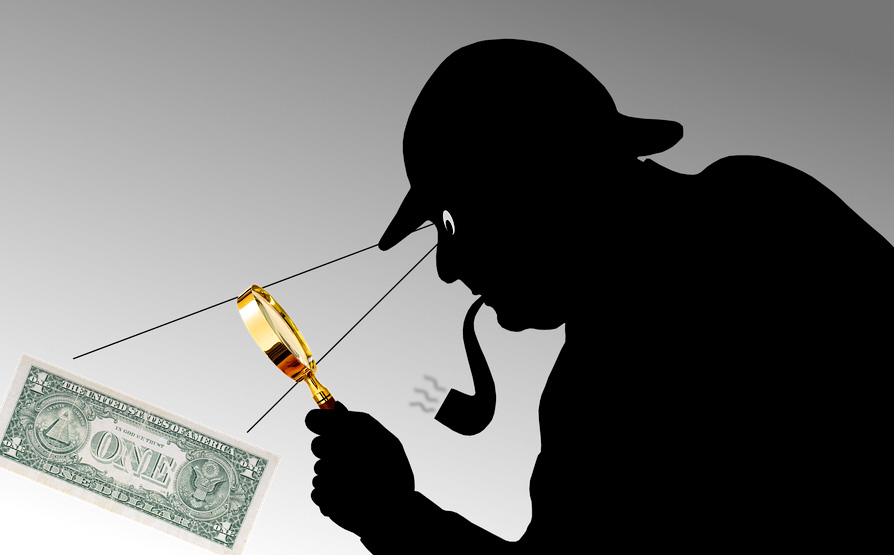In late March 2017, Amazon quietly launched a new program called “Transparency” – a technology-driven program designed to prevent Amazon counterfeit product from being sold online. While the program was initially rolled out in 2016 for Amazon’s own brands, the program is now being piloted for other brands in 2017.
The program works like this: for each product enrolled, the brand buys a certain number of unique 26-digit alphanumeric codes from Amazon (served up in a simple Excel/CSV file), and applies a unique code on each unit of that SKU that it produces going forward. In other words, every item of the same sku would have a different code from all other items, like serialization. When a brand registers SKUs with the Transparency team, the brand agrees to print these individualized 2D barcodes on all units that it produces of those SKUs, regardless of what channel ultimately sells the SKU (including online, and brick & mortar channels throughout the world). While the brand determines with Amazon a “flushing” period during which the brand’s existing non-2D stickered units of this product can sell throughout the world, all units of the product shipped to Amazon after that date will be accepted only if the 2D barcode is on each unit. For any product that is not 2D stickered with a unique code provided by Amazon, Amazon will not accept the inventory, whether sold by the brand, another third-party seller or even Amazon Retail.
Amazon explained to us that this flushing period will include Amazon sending a note to all sellers that have ever sold this item on Amazon, indicating that this SKU will soon be requiring this 2D sticker on all units sold on Amazon.
At this point, only product with a 2D code will be considered authentic by Amazon, and only these units will be allowed for sale Amazon. Should a third-party seller self-fulfill a unit of one of these enrolled items, the Amazon customer will still be able to verify the authenticity when they receive the product.
It is worth noting that this program is not designed to remove retail arbitrage or unauthorized sellers from selling items – it is only designed to remove what is now designated as counterfeit product on Amazon. Should a brand enroll one of its SKUs in this program, but get too many complaints from sellers that can produce legitimate purchase order paperwork, the brand will lose its accreditation in this program, and those previously enrolled products will be removed from the Transparency program.
The program is currently free to brands throughout 2017, but expected to start charging fees for these 2D codes starting in 2018. Pricing is expected to be $0.04-$0.05 per code for fewer than 1 million codes, $0.03/code for 1 million to 10 million codes, and about $0.01 per code for more than 10 million codes.
We’ve identified three types of brands that should consider this program immediately:
-
- The brand that values the authenticity of their products, negatively impacted by counterfeit items today
-
- The brand struggling with product manufactured through “3rd shift” or secondary factories
-
- The brand launching a new product which is likely to attract counterfeit copycats
This program is currently available only in Amazon US fulfillment centers, and is being piloted to only a few dozen brands, but the plan is to roll this out across all Amazon marketplaces to any brand by 2018. For those interested in learning more about the program, email Amazon at Transparency-busdev@amazon.com


Recent Comments